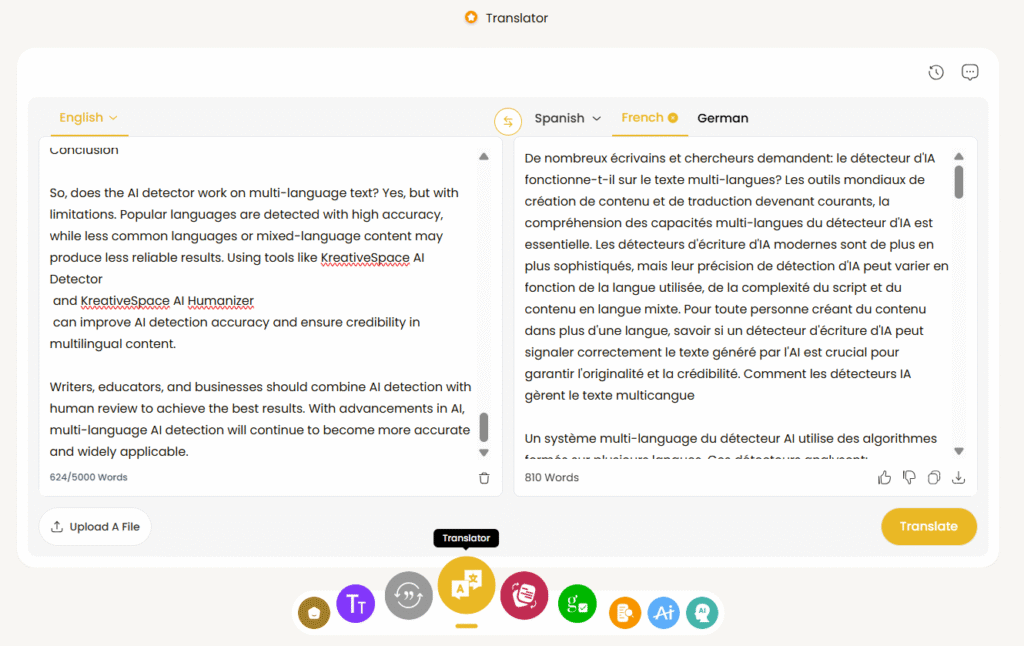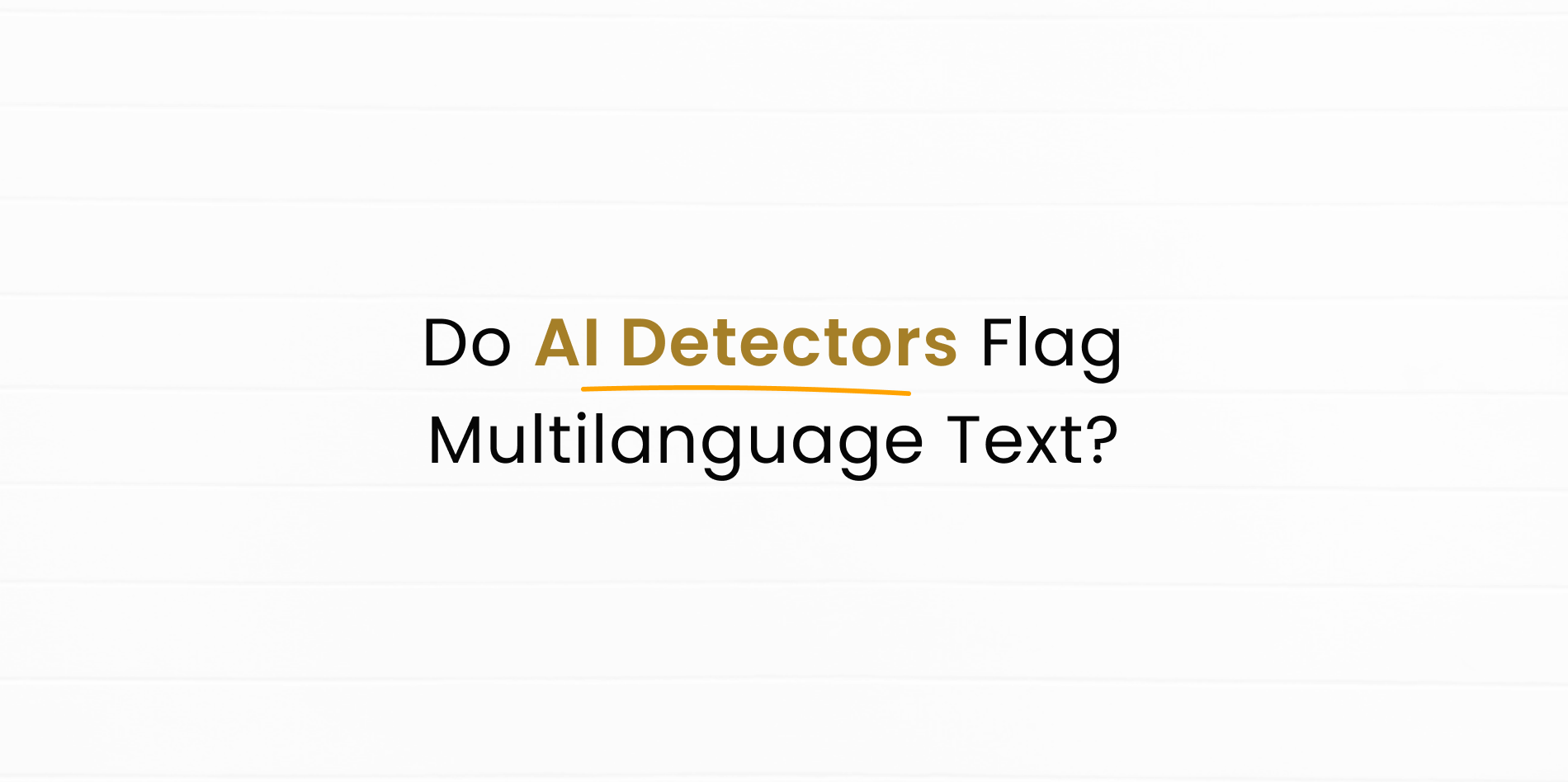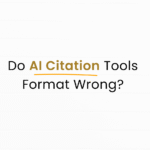Many writers and researchers ask: does the AI detector work on multi-language text? With global content creation and translation tools becoming common, understanding AI detector multi-language capabilities is essential. Modern AI writing detectors are increasingly sophisticated, but their AI detection accuracy can vary depending on the language used, script complexity, and mixed-language content.
For anyone creating content in more than one language, knowing whether an AI writing detector can correctly flag AI-generated text is crucial for ensuring originality and credibility.
How AI Detectors Handle Multi-Language Text
An AI detector multi-language system uses algorithms trained on multiple languages. These detectors analyze:
- Word patterns and frequency in each language
- Sentence structures typical of AI-generated text
- Predictable AI phrasing across different scripts
Tools like the KreativeSpace AI Detector support multiple languages and provide reports on how likely a text is AI-generated. Pairing this with the KreativeSpace AI Humanizer helps improve AI detection accuracy by adjusting sentence flow and tone for each language.
Factors Affecting Multi-Language AI Detection
Detection can vary based on:
- Language complexity: Languages with different grammatical rules or scripts, such as Mandarin or Arabic, can be harder for AI detectors to analyze.
- Code-switching: Mixing languages in a single paragraph may confuse detection models.
- Training data limitations: AI detectors are stronger in languages they were extensively trained on, such as English.
- Length of text: Short multi-language sentences may yield less reliable detection.
Despite these challenges, multi-language AI detection is improving as algorithms become more advanced.
How Reliable Is Multi-Language AI Detection?
Studies and user experiences show that AI detector multi-language tools are fairly accurate for popular languages but may be less precise for less common languages or mixed texts. Accuracy improves when:
- The text is edited for clarity
- Human review accompanies AI detection
- Tools like KreativeSpace grammar checker are used to refine style
Even when detection is not perfect, using AI writing detectors remains a valuable safeguard for multilingual content.
Tips to Improve AI Detection Accuracy
To ensure that AI-generated text in multiple languages is properly analyzed:
- Edit AI output to improve sentence clarity.
- Use the KreativeSpace AI Humanizer for natural flow in each language.
- Break long multi-language paragraphs into smaller segments for better detection.
- Verify originality using the KreativeSpace plagiarism checker.
- Keep a consistent language per section to reduce false positives.
These practices help increase AI detection accuracy across languages.
Applications of Multi-Language AI Detection
Multi-language AI detection is increasingly relevant in:
- Education: Checking AI-generated essays or assignments written in different languages.
- Publishing: Ensuring multilingual content is authentic.
- Business: Verifying reports, proposals, and emails created with AI in global operations.
Tools like KreativeSpace AI Detector are used to maintain trust and originality across these domains.
Outbound Reference on Multi-Language AI
Research from MIT Technology Review highlights that while AI detection in English is highly accurate, multi-language text detection is still an evolving field that requires advanced algorithms and large multilingual datasets.

Challenges and Future of Multi-Language AI Detection
AI detectors continue to improve, but challenges remain:
- Detecting AI text in under-resourced languages
- Handling code-switching and mixed scripts
- Improving AI detection accuracy for short or technical text
Future tools are expected to integrate multilingual training datasets, real-time detection for diverse languages, and advanced contextual analysis to provide better results.
Conclusion
So, does the AI detector work on multi-language text? Yes, but with limitations. Popular languages are detected with high accuracy, while less common languages or mixed-language content may produce less reliable results. Using tools like KreativeSpace AI Detector and KreativeSpace AI Humanizer can improve AI detection accuracy and ensure credibility in multilingual content.
Writers, educators, and businesses should combine AI detection with human review to achieve the best results. With advancements in AI, multi-language AI detection will continue to become more accurate and widely applicable.



